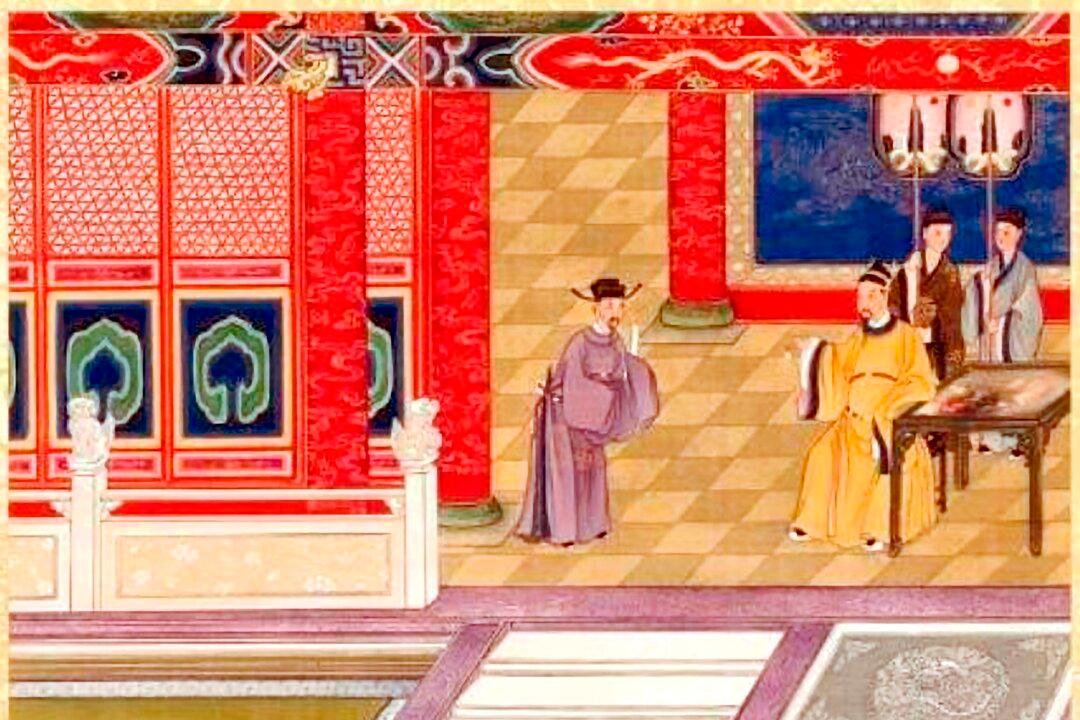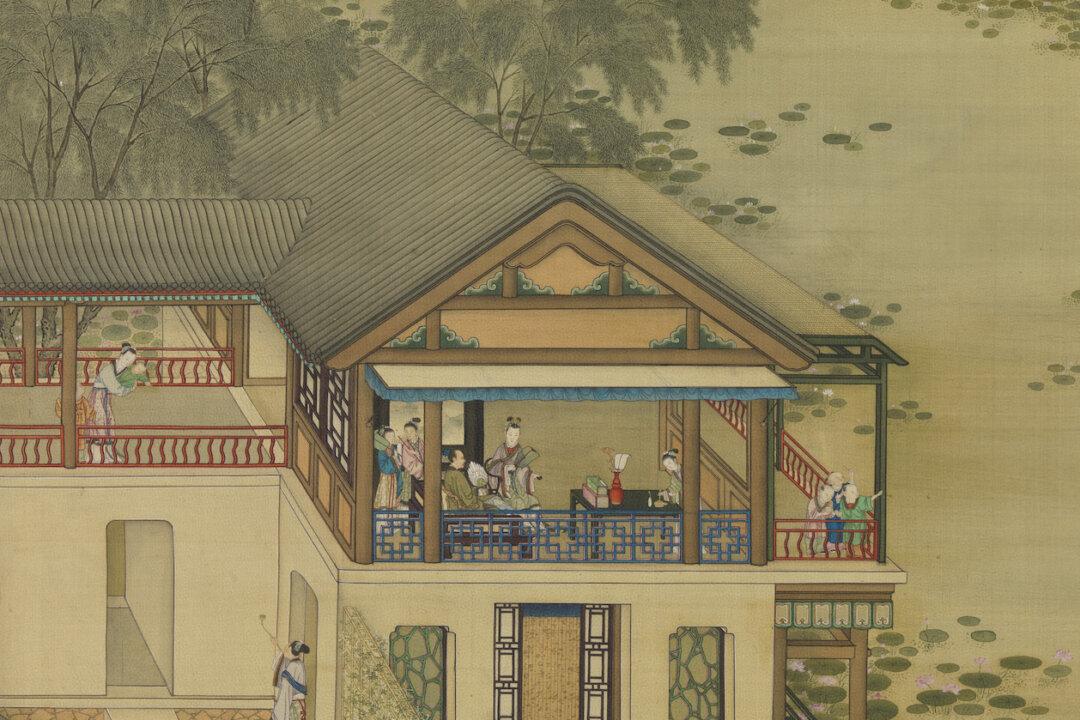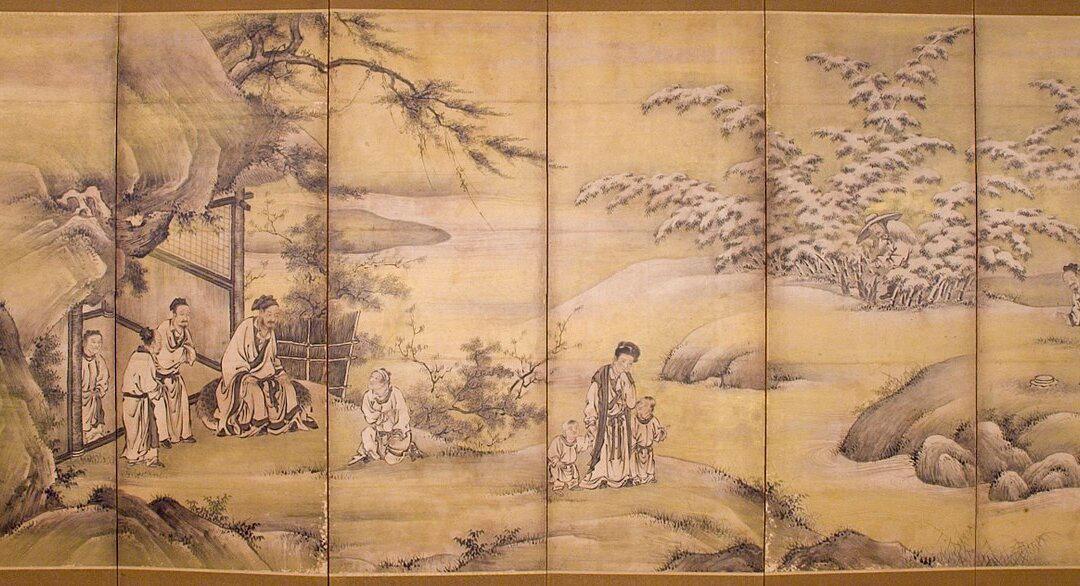It was in 1973 that the late Dr. Hendon Harris Jr. published a book documenting what he believed was proof that the Chinese discovered and colonized America thousands of years before Columbus arrived.
His proof centred on a world map he found in an old map book a year earlier in an antique shop in Korea.
Entitled “Everything under Heaven,” the ancient Chinese map not only showed known major land masses such as Asia, Africa, Australia, and Europe, but located China’s fabled Fu Sang—literally “land to the east”—in the region we now know as North and South America.
Harris, a third-generation missionary born to American parents in Kaifeng, China, knew he had stumbled on something big.
He was aware of Fu Sang from his knowledge of “Shan Hai Jing,” or “Collection of the Mountains and Seas,” a Chinese classic believed to be written over 2,000 years ago. The classic documented ancient Chinese travels and described the geography and legends of China and its neighbouring regions overseas.
Based on the map and about 30 similar maps that came from the original “Shan Hai Jing,” Harris theorized in his book, “The Asiatic Fathers of America,” that seafaring Chinese reached the Americas beginning approximately in 2,200 B.C., and were the ancestors of the American Indians.
Rewriting History: Ancient Chinese Discovered America, Says Author
Rare maps and growing evidence support theory of Chinese arrival thousands of years before Columbus.
|Updated:





